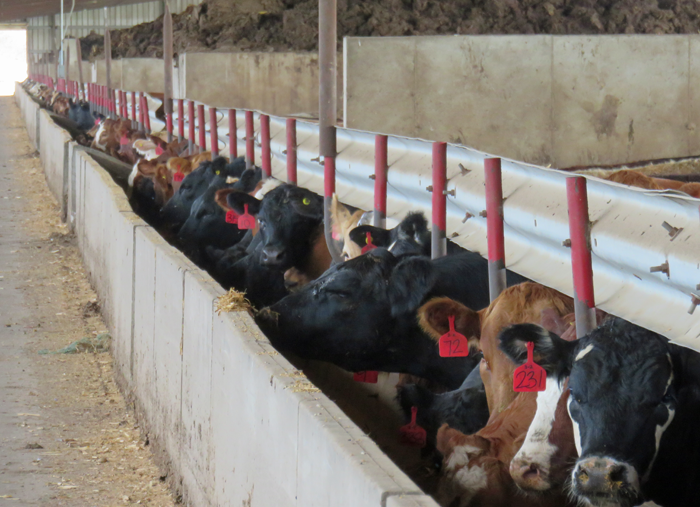Derrell S. Peel, Oklahoma State University Extension Livestock Marketing Specialist
With July 4 wholesale beef purchases complete, beef prices have dropped sharply the past ten days. Beef and cattle markets, have defied gravity by staying stronger, longer than most expected this spring. However, with seasonal pressure prevailing, beef and cattle markets have weakened and will likely struggle seasonally for the next six plus weeks. Beef markets often weaken during the summer doldrums, that period of summer heat between Independence Day and Labor Day. The summer slump may be mitigated somewhat if July 4 beef sales are strong prompting follow-up beef sales. Wholesale markets will likely struggle until August when Labor Day purchases will pick up to support beef features for Labor Day, the last big grilling holiday of the summer. Cash fed cattle prices have correspondingly dropped over $10/cwt. in the past ten days or so. Feeder cattle prices have dropped $10-$12/cwt. in the past week. Domestic and international beef demand will continue to be a key as beef supplies will undoubtedly continue to increase year over year in the second half of the year. Recently released retail meat prices show that Choice and All-Fresh retail beef prices increased from April to May. Choice retail beef prices in May were up 1.0 percent from last year while the All-Fresh retail beef price was down 3.9 percent year over year.
Beef production for the year to date in 2017 is up 3.8 percent, with cattle slaughter up 5.7 percent but being offset by sharply lower carcass weights so far this year. At the current time, steer and heifer carcass weights are down 17 pounds from the same time last year. Steer and heifer carcass weights bottomed seasonally in early May and are expected to increase seasonally into the fourth quarter. However, a normal seasonal increase from current levels would still have carcass weight down significantly year over year and will continue to moderate larger slaughter numbers.
The June USDA Cattle on Feed report showed another month of large year over year increases in May placements pushing June 1 on-feed inventories to 102.7 percent of one year ago. May placements were 112.2 percent of last year. May marketings were 108.8 percent of last year, a continuation of strong marketings that began in mid-2016. For the year to date, January-May, feedlot placements are up 9.2 percent while marketings have been up 7.0 percent year over year. Most of the increase in May placements were cattle under 700 pounds which means that those cattle will be marketed towards the end of 2017.
Strong beef demand has helped make the first half of 2017 a pleasant surprise to all cattle industry sectors. Strong demand in the third and fourth quarters may help significantly but supply pressures are likely to weigh a bit more heavily on cattle and beef markets in the second half of the year holding markets generally to a sideways pattern for the remainder of the year.
- Farm Credit of Northwest Florida 2025 AgVocator Scholarship – Application Deadline January 31 - January 17, 2025
- Georgia Conservation Tillage Alliance Annual Meeting – February 18 & 19 - January 10, 2025
- La Nina Impacts Still Expected in Latest Seasonal Outlook - December 20, 2024

